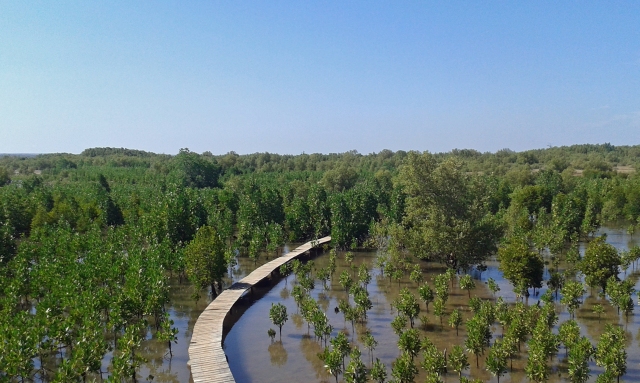Abi Blandon, Honko’s Social Media Coordinator, looks back at the year where Honko was the “Best for Wildlife Conservation”
As I travelled down to London to attend the World Responsible Tourism Awards last November, I had no idea that the coming year would be a historic year for Honko, Madagascar and mangrove conservation. Honko had been short listed as a finalist for the Best for Wildlife Conservation category of the World Responsible Tourism Awards, and I was attending as their Social Media Coordinator. Getting short listed and invited to the ceremony was in itself a massive deal for a small NGO like Honko. To have our name associated with a global award was going be a big boost for our projects. I was ready for an exciting day full of networking and telling people all about Honko. To be honest, the possibility of winning the Award was not at the top of my mind.
The ceremony itself was very inspiring, getting to learn about other organisations that were striving for sustainability and social welfare through tourism made me feel really enthused! But what a shock when Honko’s name was called out as winner of Best for Wildlife Conservation! To be compared to the other brilliant finalists and to be judged as the winner was real proof of how hard everyone at Honko has worked. I was thrilled to be able to pick up the award and a bit humbled to represent all the people and hard work behind Honko’s success.
After a short (and nerve-wracking!) interview, the rest of the day was spent talking to a lot of different people about Honko’s work – tourism operators in Madagascar, government officials and other sustainable tourism representatives. Returning home from the event, I was buzzing with the conversations I had had with other attendees, and couldn’t wait to tell the team out in Madagascar all about it. Honko was making a mark and people were noticing!
Just two weeks after winning the award, Honko was visited by a government delegation, including the advisor to the First Minister, and was filmed for national TV! The delegation learned in detail about the work of Honko and the VOI (the local natural resource management organisation) and congratulated us on our efforts to protect and restore the mangrove ecosystem in the area.
Following this, Honko has become more important in the region. In April this year, we were chosen to lead a mangrove reforestation programme, with a planting activity to which the Secretary General, General Director and Regional Director of the Ministry of Fisheries attended. This was a large event involving 2000 community members, private enterprises and many of the NGOs in the region.
We have also started to teach others eco-tourism skills, passing on our knowledge to other projects looking to learn from our success. In July, our eco-guide Sala helped to train locals from villages south of Tulear, as a result of a collaboration between a German NGO GIZ and Honko. The training involved teaching about the ecology of mangrove systems, the important flora and fauna found in the area and guiding techniques.
And of course, our visitor numbers have increased – we had more than 500 visitors in the last year, which equates to almost 2 people per day. For somewhere as remote as Honko, this is a big boost, with numbers up by 20-30% from the year before. One of our volunteers Amelia worked very hard to contact tour operators in the region, sending information such as tour details and tariffs. This, together with our recognition from the Responsible Tourism Award, gave a big boost to our visitor numbers. We have also had interest from groups such as World Challenge and we welcomed several expedition groups from England and South Africa in July and August. The groups learned about and participated in Honko’s conservation and reforestation programme, as well as our community based projects. This was a great benefit both for the students and for us!
A year on from our World Responsible Tourism win, where do we find ourselves? We have carried on striving to make a difference in remote south-west Madagascar, working within the community to help them manage their mangroves sustainably. But the Award has given us something else, it has given us recognition and status, and for our eco-tourism project, these qualities have been essential. This year has seen Honko grow not only in visitor numbers, but also in reputation and our ability to pass on our knowledge to others. Hopefully we will continue to grow this way in the future! But for now, we are excited to see who we will be passing our Award on to for the next year. Whoever it is, we wish them all of the same successes that we have enjoyed!

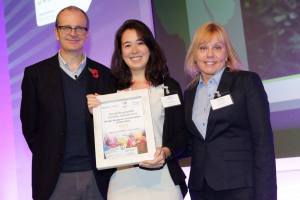
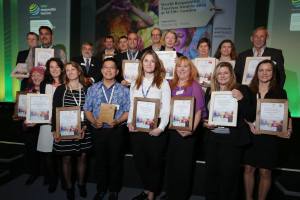

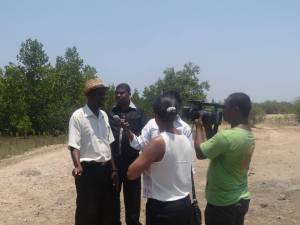
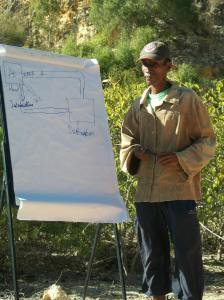
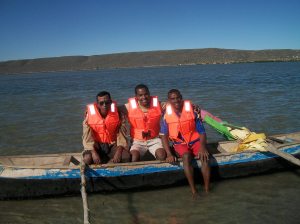

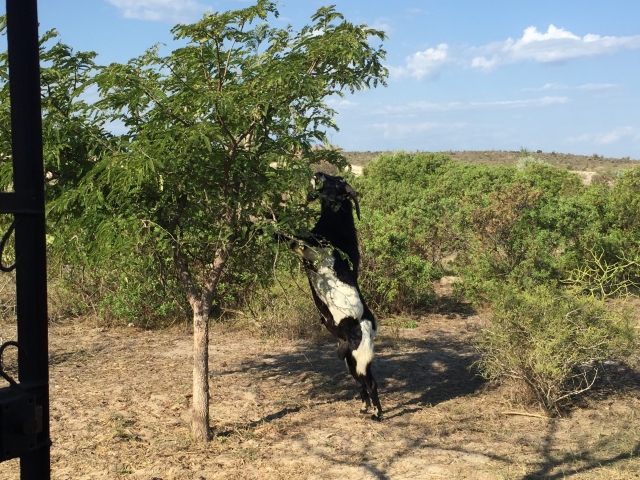
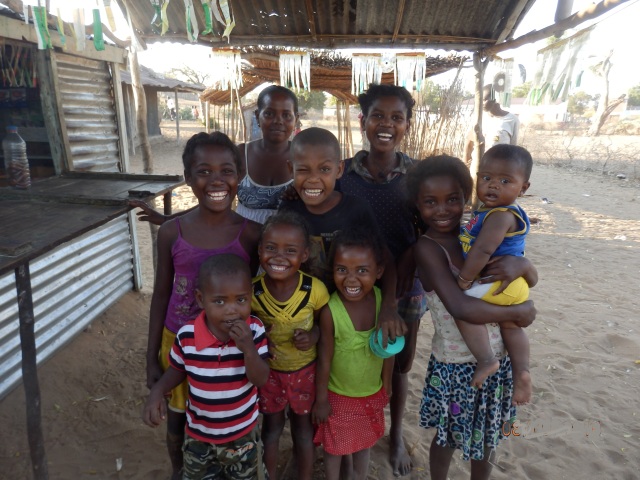



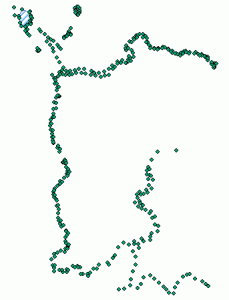
![10404062_10153200188276830_8189764665041582632_n[1]](https://honkomangrove.files.wordpress.com/2016/09/10404062_10153200188276830_8189764665041582632_n1.jpg?w=640)
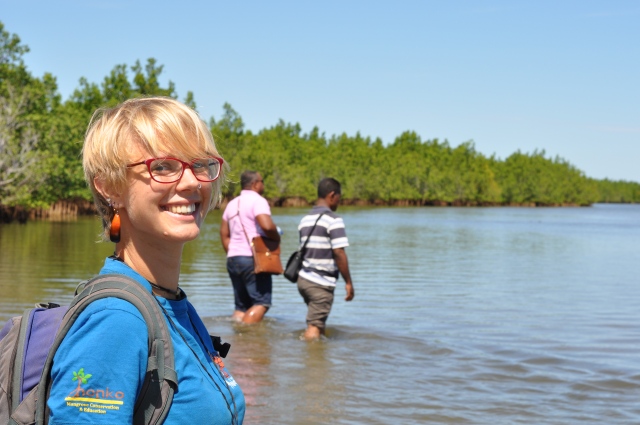 Before I leave I have one more chance to appreciate these connections – to celebrate Madagascar, mangroves, and Honko. International Mangrove Day is a chance for Honko to bring together everyone from the five communities they work with to celebrate. We celebrate mangroves for everything they give us: resources to build homes and feed families; habitats for a remarkable diversity of animals, especially birds and crabs; and protection from the sea. And more abstract values, such as increasing precipitation in an arid region through evapotranspiration, water purification, carbon sequestration and the production of oxygen. Mangroves, like forests everywhere, are also more than a sum of their parts. They represent a future for this community, for their children and their children’s children. And for me, they now represent a place of learning and personal growth, and of bucket-loads of fond memories. Breath-taking sunrises and sunsets, countless rides in taxi-brousses, swimming through the tranquil mangroves, evenings of laughter and card games by candlelight, and dancing hard to Malagasy music.
Before I leave I have one more chance to appreciate these connections – to celebrate Madagascar, mangroves, and Honko. International Mangrove Day is a chance for Honko to bring together everyone from the five communities they work with to celebrate. We celebrate mangroves for everything they give us: resources to build homes and feed families; habitats for a remarkable diversity of animals, especially birds and crabs; and protection from the sea. And more abstract values, such as increasing precipitation in an arid region through evapotranspiration, water purification, carbon sequestration and the production of oxygen. Mangroves, like forests everywhere, are also more than a sum of their parts. They represent a future for this community, for their children and their children’s children. And for me, they now represent a place of learning and personal growth, and of bucket-loads of fond memories. Breath-taking sunrises and sunsets, countless rides in taxi-brousses, swimming through the tranquil mangroves, evenings of laughter and card games by candlelight, and dancing hard to Malagasy music.






